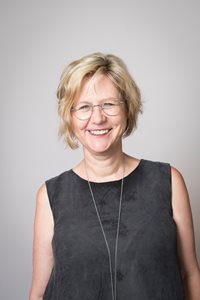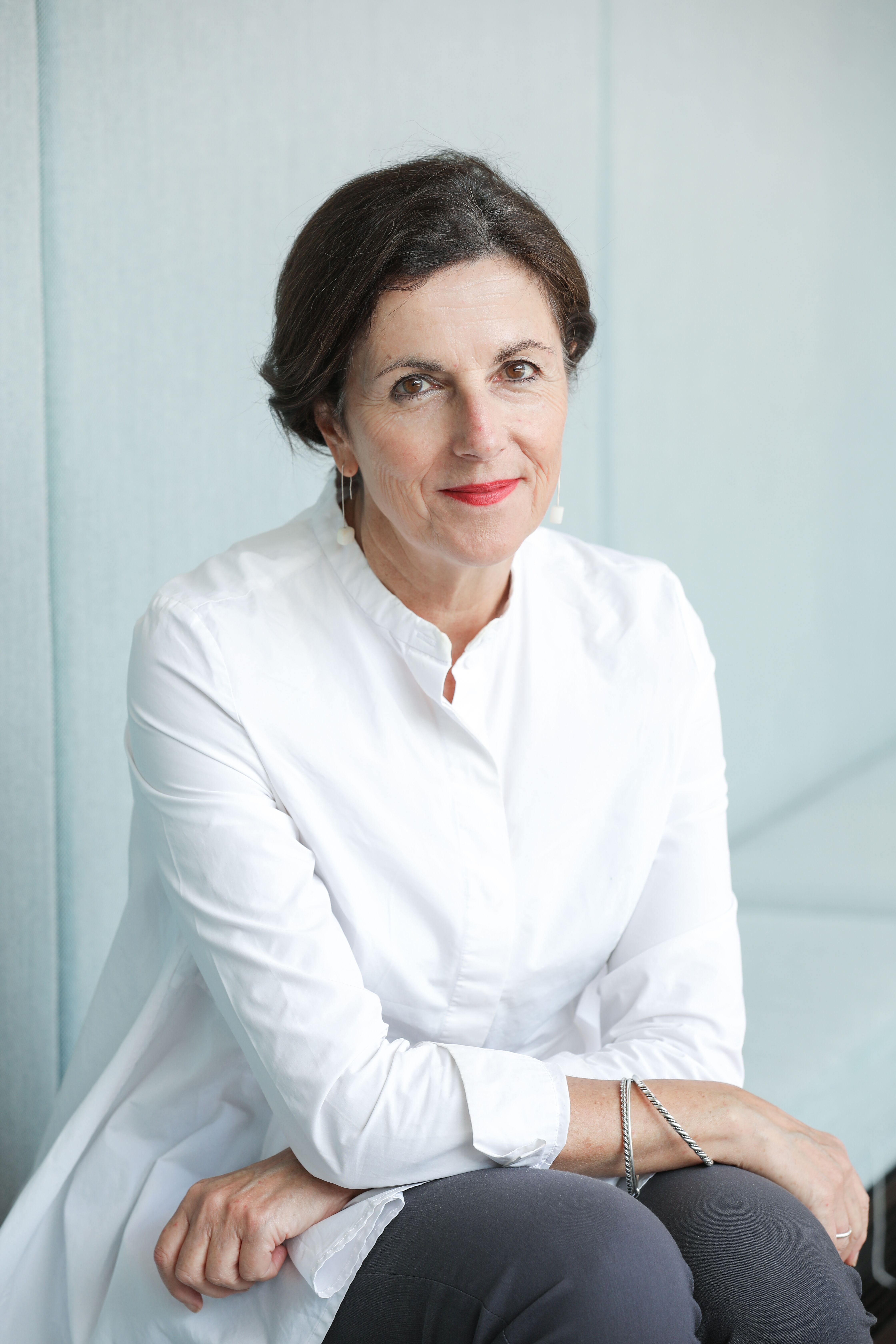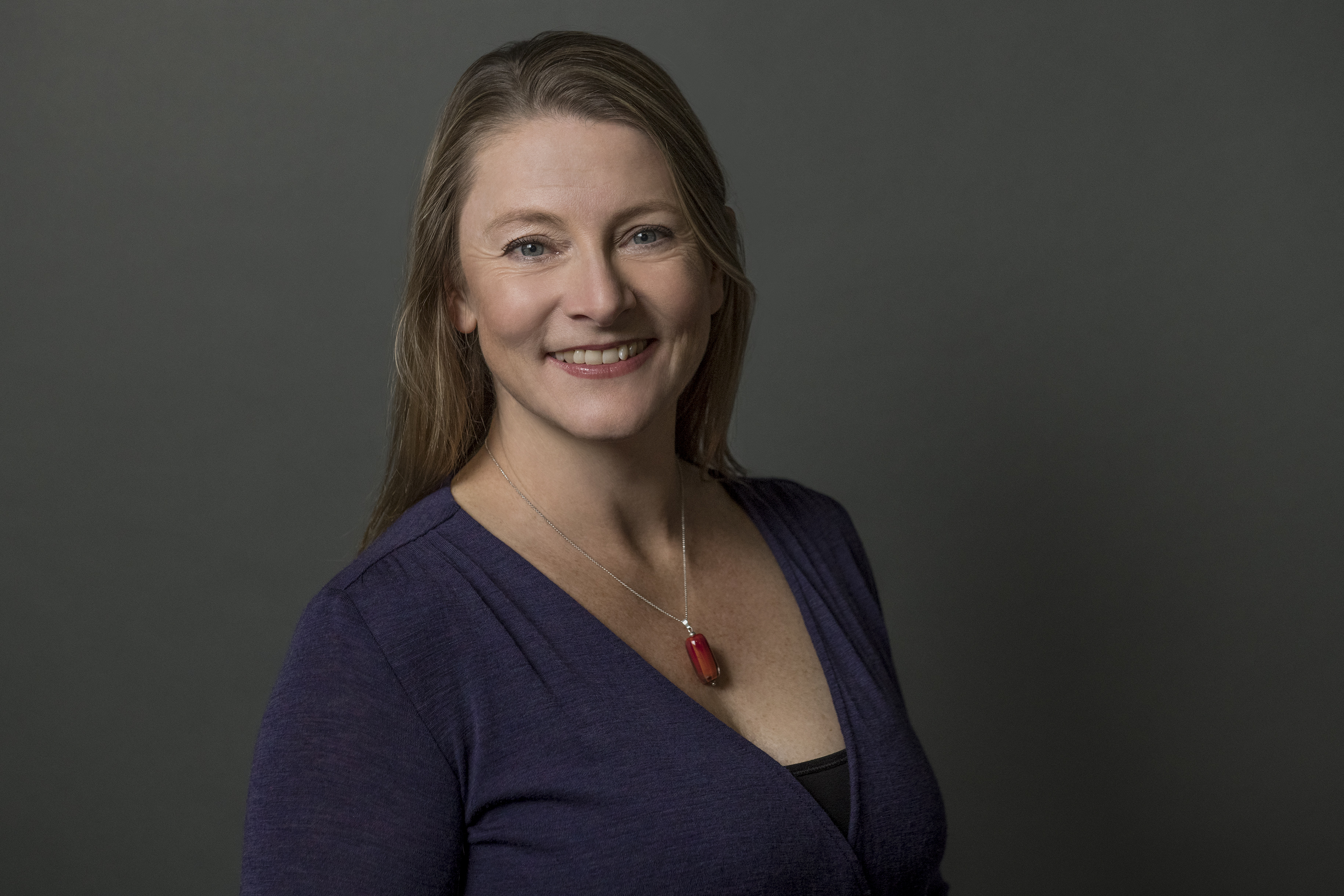Australia boasts a proudly diverse population, made up of people from varying and distinct genders, cultures, religions and experiences. Promoting diversity is just as important within the architecture profession as it is in the built environment to ensure we accommodate for all Australians.
Against this backdrop, four leading figures in the architecture and design industry share insights on how to increase diversity, their personal experiences, and how they hope to promote awareness in the built environment.

Kathlyn Loseby – Chief Operating Officer, Crone Architects and President of the NSW Australian Institute of Architects
When I was studying my Bachelor of Architecture at the University of Sydney, it was the first year where gender representation was 50/50, marking an important milestone in the industry. However, today there are very few women who have progressed to senior roles. A recent Parlour study found that only 13 percent of directors in the industry are women. In addition, women make up only 24 percent of registered architects in Australia, and only 29 percent of Australian Institute of Architects (AIA) members.
One reason for the lack of women in senior positions may be due to taking time away from their career to raise a family. I have been very fortunate to have never felt disadvantaged as a woman and have been supported in all of the roles I have held. I’ve had the opportunity to work internationally for European and American practices and worked with offices that helped me balance my career and family. At Crone, we are committed to the 40/40/20 ratio; 40 percent women, 40 percent men, and 20 percent non-binary employees.
Overall, I think the architecture industry is incredibly supportive of women and many practices offer flexible work solutions. As the fourth woman President in the New South Wales Chapter of the AIA’s 150-year history, I have made it one of my priorities to support women in the industry.
I am working to renew the Institute’s National Committee for Gender Equity and reinvigorate it with a younger generation of architects. Working closely with a range of people from different backgrounds, we have built a gender equity policy that aims to exhibit principles of fairness and equal opportunity across the profession.
To me, diversity is broader than levelling the playing field for men and women; it’s also about embracing equality of people from all walks of life, including culture, religion, sexuality and ability. One of the key initiatives that I’m looking to progress in the AIA is the Reconciliation Taskforce to help provide more employment opportunities to Indigenous Australians.
I believe that architecture and design is a unifier for society as it encourages people to experience diversity. Buildings like the Australian Islamic Centre in Melbourne and Australian Islamic Mission in Punchbowl are visually stunning examples of how architecture can inspire people to learn about and engage with other cultures.
When starting a new project at Crone, we always make a point of discussing with our clients how we can create spaces that will accommodate everyone’s needs, to ensure we are designing for diversity.
For anyone feeling disadvantaged in the industry I encourage them to speak up, as there are always people available to help. Looking to the future, I hope that diversity will become so common place that we no longer need to have a conversation about how to achieve it.

Kirsten Orr – Registrar, NSW Architects Registration Board
As a profession, architects must be amenable to multifaceted approaches and diversity, both inside and out. I have worked in a wide range of architectural practices as well as trying my hand as an owner-builder. This background is fundamental to my identity as a registered architect and has informed my ‘learning-by-making’ ethos and passion for applying emerging technologies to transform the way we design and build.
I believe in always ‘leaning-in’ to try new things, as daunting as they may be, and I like to say ‘yes’ without hesitation to opportunities that come my way. This philosophy has led me to amass a wide range of life-enhancing experiences and perspectives, while my distinctiveness as a competent woman in a predominantly man’s world has helped me to stand out from the crowd.
I could not have succeeded alone and without a supportive husband and parents who have been willing to plug the gaps when work and life fail to completely align. I am devoted to my family and consider my children to be my greatest creative works. I am therefore ever conscious of the fragile work-life balance as I juggle my family commitments with career ambitions. It has not always been sunshine and lollipops! Learning from the experience of others has been significant in my success and I am fortunate to have been mentored by a long line of significant women and men. In turn, I am a committed mentor to others and a keen advocate for the benefits of sharing diversity of experience.
Embracing difference and recognising that we are not all running the same race is crucial if women are to progress in their fields. I have always pushed back against unconscious bias and the natural urge to surround myself with ‘people like me’. I have reaped the resulting benefits of a richer and more challenging workplace characterised by complementary skillsets and different cultural backgrounds, attitudes and experiences.
It can take women a long time to recognise that they are capable of leadership with contributions to make. Sometimes women need to be shown the way. We must encourage and support more women to rise to leadership positions. Incredible support was extended to me at the University of Tasmania as I grew into leadership roles there. The support came predominantly from male colleagues – senior scientists and engineers – who may have found my ‘design thinking’ curious and exotic, but were by my side every step of the way. The satisfaction I have derived continues to surprise and delight me. It arises from my newly discovered ability to motivate and inspire people, my commitment to leveraging personal opportunities to the benefit of my team, and my ability to realise the rhetoric in the achievement of tangible results. I wouldn’t have discovered these personal abilities if I hadn’t been given the chance.
My academic research career has stretched from the 19th century to today, when emergent technologies are rapidly transforming material culture and challenging how architects contemplate and manipulate architectural form, structure and material. In this context, new, inherently interdisciplinary opportunities constantly present themselves. As a profession, I believe architects must foster new exploratory approaches through innovative, interdisciplinary exchanges. After all, the world does not exist for architecture in isolation. Instead, great architecture is created in response to the social, cultural and political forces that shape the surrounding world.
It is in this context that the architecture profession stands to profit from a greater commitment to interdisciplinarity and exploiting the diversity that accompanies it.

Professor Helen Lochhead – Dean, UNSW Built Environment and National President of the Australian Institute of Architects.
For 30 years now, women have been graduating in almost equal numbers, but this has not translated into equal representation in the profession. Less than 25 per cent of registered architects are women. There is a huge attrition of talent from the profession for various reasons including unconscious bias manifesting as differing work opportunities, differing pay rates for men and women, and non-family friendly working conditions. This is supported by the findings of ARC funded research into Equity and Diversity in the Australian Architecture Profession: Women, Work and Leadership completed in 2014. The findings from this research shine a light on why so many women leave the profession and why if they stay, they may remain invisible and behind the scenes.
This inequity is a poor reflection on our profession and the unnecessary attrition is a huge loss to our industry for each and every woman who has left their vocation after committing time and resources into their education and professional development. We educate women and need to recognise and utilise their professional skills in the areas where their talents lie. Not tapping into 50 per cent of the potential and diverse professional talent pool available does not make sense from economic or societal perspectives.
We need to proactively mentor and promote women if we are to retain our female talent in the professions. Importantly, we all need to work together and work differently if we are to achieve a step change.
The good news is that this is happening.
As a consequence of this research, Parlour was established to bring together research, informed opinion and resources on women, equity and architecture in Australia, and to also celebrate the diverse achievements of women. This has been instrumental in advocating for and profiling women’s achievements.
The Australian Institute of Architects has responded with Champions of Change, an initiative of the AIA Gender Equity Taskforce (GET). The Institute has also set benchmarks and achieved equal representation of women on our AIA Board and we now have more women on National Council and as Chapter Presidents. Our current National President, Clare Cousens is also a woman.
Awareness, education, opportunities and targets are crucial to meaningful policy shifts and behavioural change. At UNSW, we have established a network, Engaging Women in the Built Environment. This forum brings together women from all Built Environment professions, from early career to industry leaders by providing a platform for exchange and research, project partnerships, scholarships, work placements and mentoring.
We have set KPIs and have increased our women in academic leadership fivefold and are well ahead of our five-year target of 50 per cent women in leadership roles by 2025. With more women role models who are also decisionmakers, many more doors will open to women in the profession. The initiatives of the Institute of Architects and my own Faculty of Built Environment are two examples of how promoting equity and setting targets can accelerate change and propel women into leadership roles.
To face the challenges in today’s building industry, we need to include all our talent and capabilities, and that means women and men. In the long run, this will make for more resilient organisations and a better, more inclusive built environment.

Laura Cockburn – Director, Conrad Gargett and Vice President of the NSW Australian Institute of Architects
Diversity and inclusion are not nice-to-haves, but are imperatives that must be front and centre of our conversations driving changes in our work processes. We must strive for these until such time as they have become second nature and we have achieved the aim for equal representation across the spectrum of our industry.
Like Kathlyn, when I graduated from university, over 50 per cent of the class was female and these figures have remained consistent across that time. Yet, when I look at the industry and the representation of females in senior positions in companies, we are sadly few in number. The pipeline of talent remains strong and if we are to be leaders in the built environment, it seems ridiculous that we don’t have voices that represent all facets of our society at the table being able to advocate and make change.
There is a Maoist saying “women hold up half the sky” that rings true to me and spurs me on to find opportunities to empower women and help them reach their goals. My personal journey has similarly faced impediment and prejudice, not unlike many stories you hear. But I had a solid foundation that my father had instilled in me: I could do it, that through hard work and determination I could achieve anything I put my mind to. It’s this mindset that has sustained me and helped to propel me to where I am today.
I have experienced the elation that comes from promotions as reward for good work and being valued, but also the crippling effects of returning to work after having children, being sidelined, as well as the feeling of being caught between commitments to family and work.
Upon reflection, for a lot of my working life I have been the most senior female architect in an organisation. There haven’t been a lot of role models to follow or ask advice; that’s why programmes that offer mentorship are so important. I find I learn just as much as the people I mentor, where both parties become sounding boards for ideas about how to approach a particular issue. In some respects, I think these programmes have replaced the traditional architect and trainee roles in a studio as our senior staff are often caught up in the demands of the project, client and their own lives.
I am also excited about the work that the Gender Equity Taskforce and Male Champions of Change have most recently published on the Australian Institute of Architects – NSW Chapter.
These guidelines provide practical advice around leadership, engagement and flexible roles that benefit a broad range within our community. It’s through recognising how we lead and engage authentically, understanding unconscious bias and eradicating it from our decision-making processes that we can reach our aim of having an industry and workplace that are more successful, balanced and insightful, as it more truly represents the diverse culture in which we live.

